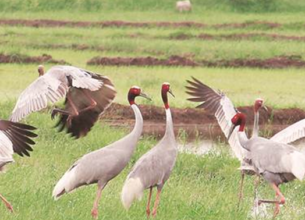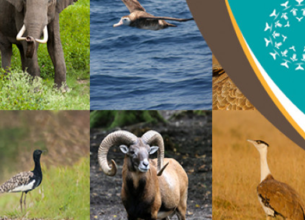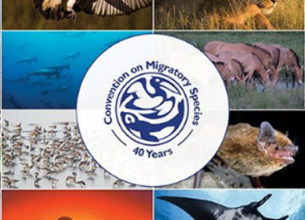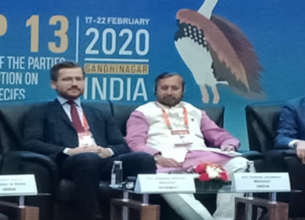13TH CONFERENCE OF PARTIES (COP) OF THE CONVENTION ON THE CONSERVATION OF MIGRATORY SPECIES OF WILD ANIMALS (CMS)
12, Feb 2020
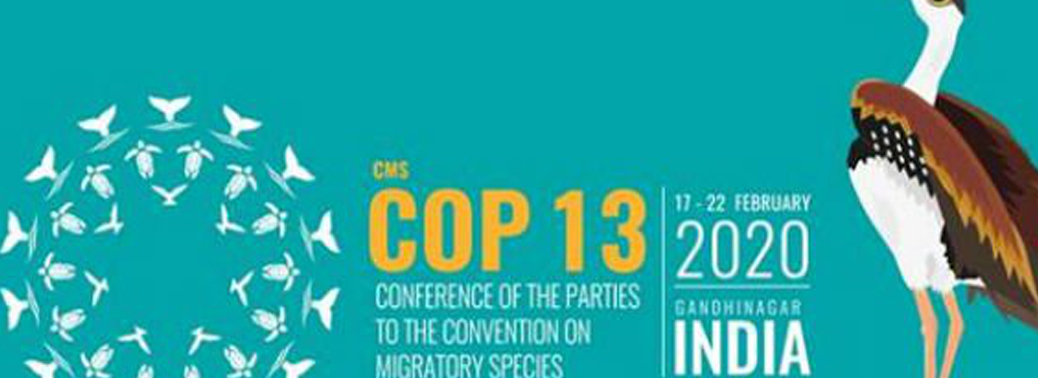
Prelims level : Institutions
Mains level : GS-III Conservation, Environmental Pollution and Degradation, Environmental Impact Assessment.
Why in News?
- India will host the 13th Conference of Parties (COP) of the Convention on the Conservation of Migratory Species of Wild Animals (CMS) at Gandhinagar, Gujarat in February 2020.
Highlights:
- As the host, India shall be designated the President for the next three years.
- The Government of India is a signatory to the Convention on Conservation of Migratory wild Animals (CMS) since 1983.
- The theme of CMS COP 13 in India is, “Migratory species connect the planet and we welcome them home”.
- The CMS COP 13 logo is inspired by ‘Kolam’, a traditional art form from southern India. In the logo, Kolam art form is used to depict key migratory species in India like Amur falcon, humpback whale and marine turtles.
- The mascot for CMS COP13, “Gibi – The Great Indian Bustard” is a critically endangered species which has been accorded the highest protection status under the Wildlife Protection Act, 1972.
Great Indian Bustard:
- The great Indian bustard (Ardeotis nigriceps) or Indian bustard is a bustard found on the Indian subcontinent.
- It is a large bird with a horizontal body and long bare legs, giving it an ostrich like appearance.
- It is among the heaviest of the flying birds.
- These birds are often found associated in the same habitat as the blackbuck.
- The Indian subcontinent is also part of the major bird flyway network, i.e, the Central Asian Flyway (CAF) that covers areas between the Arctic and Indian Oceans, and covers atleast 279 populations of 182 migratory water bird species, including 29 globally threatened species.
Convention on Conservation of Migratory wild Animals (CMS):
- As an environmental treaty of the United Nations, CMS provides a global platform for the conservation and sustainable use of migratory animals and their habitats.
- CMS brings together the States through which migratory animals pass, the Range States, and lays the legal foundation for internationally coordinated conservation measures throughout a migratory range.
- It is the only global convention specializing in the conservation of migratory species, their habitats and migration routes.
- Migratory species threatened with extinction are listed on Appendix I of the Convention.
- CMS Parties strive towards strictly protecting these animals, conserving or restoring the places where they live, mitigating obstacles to migration and controlling other factors that might endanger them.
- The Convention entered into force on 1 November 1983.
- Its Secretariat is in Bonn, Germany.




